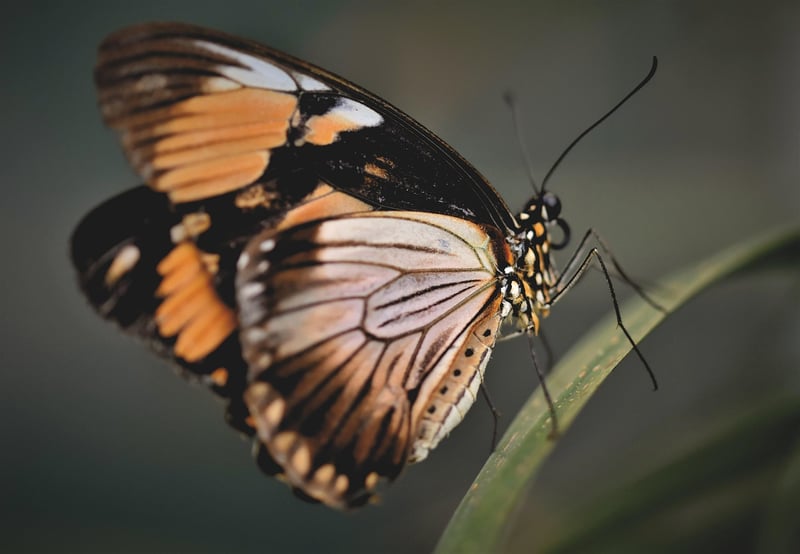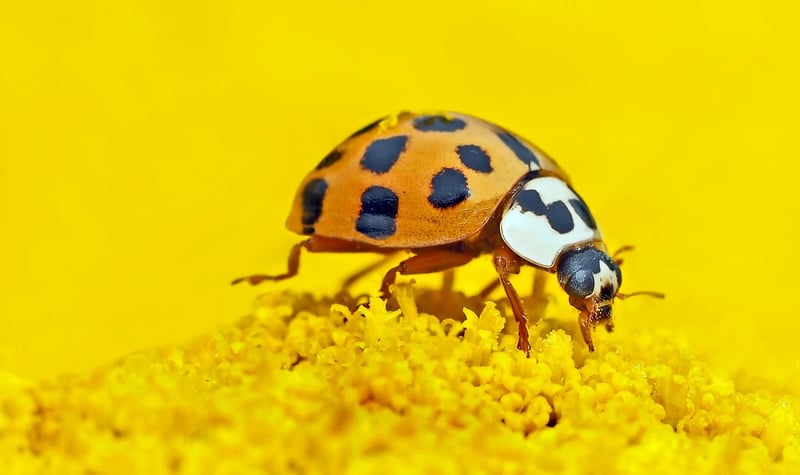Pollinator Habitats
Attracting Wildlife to Cities and Creating Pollinator Habitats
Urban areas are often seen as concrete jungles devoid of wildlife, but with some intentional efforts, cities can become vibrant ecosystems that support a diverse array of flora and fauna. One crucial aspect of this transformation is the creation of pollinator habitats, which play a vital role in maintaining biodiversity and sustaining ecosystems. By incorporating native plants and providing suitable habitats, urban dwellers can attract various wildlife, including birds, bees, butterflies, and other pollinators.
Benefits of Attracting Wildlife to Cities
Bringing wildlife into urban environments offers numerous benefits, including:
- Improved biodiversity
- Pollination of plants
- Natural pest control
- Enhanced quality of life for residents
- Opportunities for nature education and conservation
Creating Pollinator Habitats
One effective way to attract wildlife to cities is by creating pollinator habitats. Here are some steps to consider:
- Plant Native Flora: Choose native plants that provide food and shelter for pollinators.
- Provide Water Sources: Include birdbaths or shallow dishes with water for birds and insects.
- Minimize Pesticide Use: Avoid using chemicals that can harm pollinators.
- Build Nesting Sites: Install bee hotels or birdhouses to offer safe spaces for nesting.
Examples of Pollinator-Friendly Plants
Consider incorporating these pollinator-friendly plants in your urban garden:
- Ruellia amoena (Mexican Petunia)
- Ruellia nudiflora (Violet Wild Petunia)
- Ruellia nudiflora var. albiflora (White Violet Wild Petunia)
Conclusion
Creating pollinator habitats in cities not only benefits wildlife but also enriches the urban environment for residents. By incorporating native plants and providing essential resources, individuals can contribute to the conservation of pollinators and promote a healthier, more sustainable urban ecosystem.

